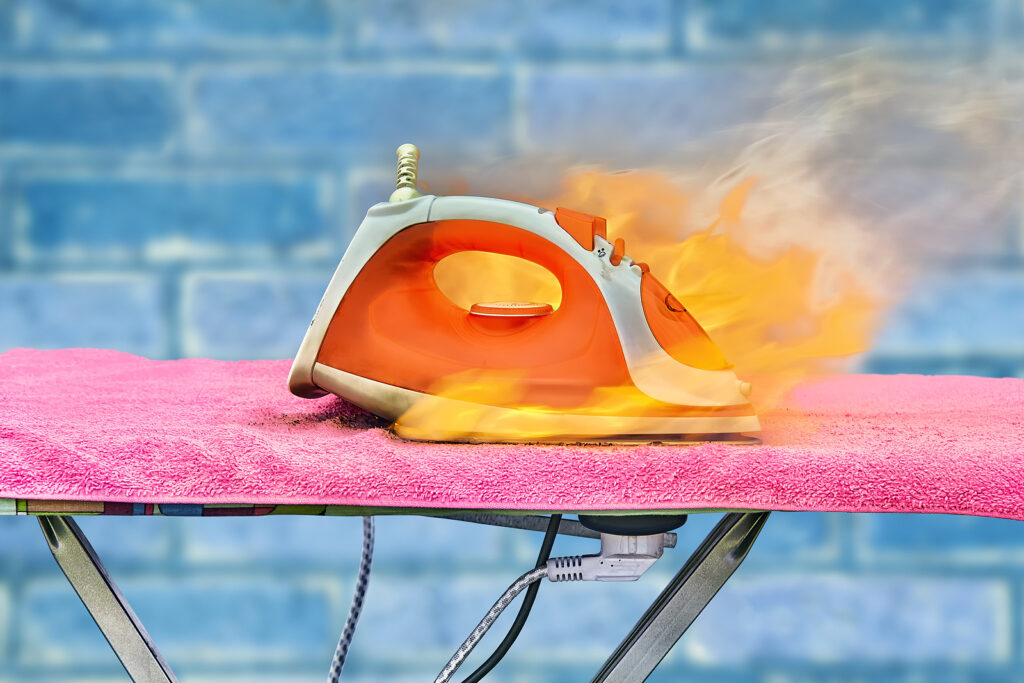In order to decide who the person legally responsible for a car accident is it must be proved that they were in fact negligent at the time of the incident. Unfortunately this can be a very hard thing to prove, and even if one is able to the driver still may have reasons for their actions that can help them avoid being fully liable for the accident.
For those cases where both parties share some of the responsibility for an accident there are laws for both contributory negligence and comparative negligence to better help decide exactly the amount each party is at fault. States can vary on which types of laws they put in place to follow yet the majority of them seem to follow the idea of comparative negligence while some use a contributory negligence system when making their rulings.
Pure/Modified Comparative Negligence (Also Known as a “Partial” Defense)
The majority of states have endorsed a comparative negligence system which is one that distributes the blame amongst the two parties involved in the accident. This allows the person being sued the option of using a “partial” defense or one that assigns blame to the other party as well. An example might be if a person drove through a red light and hit a pedestrian but the person was not in a crosswalk and was looking down at their phone at the time when they were struck. In this case the pedestrian may only be found to be 10% at fault, but if they sued and won an amount of $300,000 they would receive $30,000 less than that for the 10% of the accident they were found responsible for. Comparative negligence can be broken down into two parts:
- Pure comparative negligence- Many states follow the rule of pure comparative negligence which states that those involved in an accident are entitled to some amount of compensation no matter what their role was in the accident. In this case despite their own level of negligence in the incident they are still able to recoup a certain amount of funds in this system.
- Modified comparative negligence- Other states do not allow the person who is found to be more at fault to receive any amount of compensation once their blame reaches a certain level. In other words, if it is found that a person is 50% or more at fault in the accident these states do not allow you to receive any money at all from the other at fault party.
Contributory Negligence
While rare there are at least a few states that subscribe to the idea of a contributory negligence system. In this situation if the accused can prove the other party had any amount of responsibility in the accident occurring at all then the defendant could be off of the hook for any liability entirely. There are not many states that still currently use this method but it is important to be aware of just in case you are in one.
Successfully Using Comparative or Contributory Negligence as a Defense
Regardless of whether you plan on using contributory or comparative negligence as your defense proving the other’s negligence helped cause your accident is of utmost importance. Whether you are the driver of the automobile, a passenger inside or a pedestrian on the road everyone is obligated to use a certain amount of reasonable care to help stop any unfortunate incidents from happening. If any party is reckless and does not take into account their own wellbeing in addition to the wellbeing of others then it can be concluded that their negligent behavior contributed to the accident occurring.
Figuring out just who is responsible for a car accident can be a stressful and confusing process and having an experienced attorney on the subject can only benefit you in proving your case. Contact the Paris Law Firm at 909-325-6185 or via our online contact form to schedule an initial case evaluation.
The articles on this blog are for informative purposes only and are no substitute for legal advice or an attorney/client relationship. If you are seeking legal advice, please contact our law firm directly.











